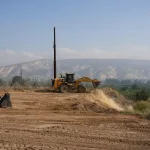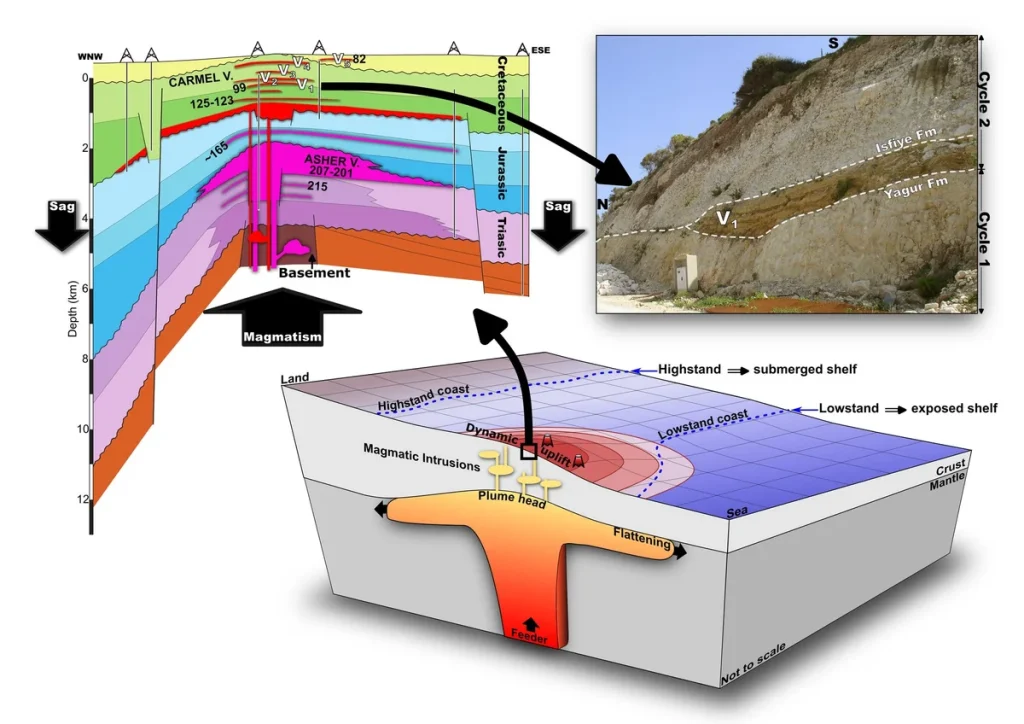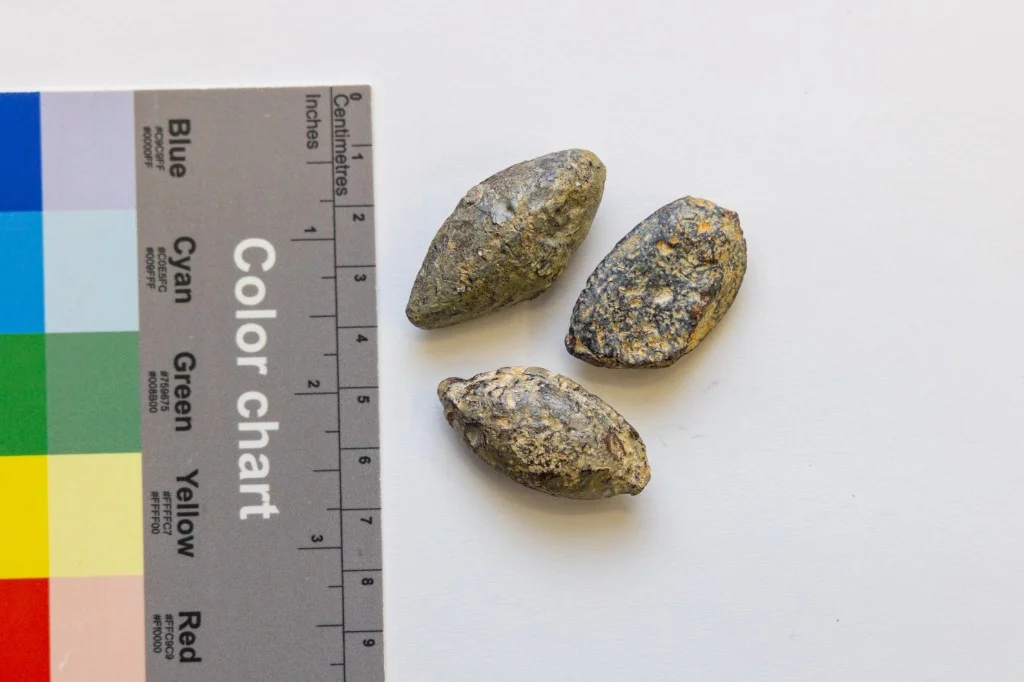The research combines traditional geological data—such as mapping, stratigraphy, geochronology, and borehole data—with geophysical data from gravity and magnetic surveys.
The study shows that Mt. Carmel is an ancient (~250 million years old) tectonic ridge strengthened by magmatic intrusions from mantle plumes. The early plume raised the region between Turkey and Sinai, heated it, and likely caused rifting along a trend from southern Syria‘s Palmyra to Egypt. In northern Israel, rifting split east and west of the Carmel-Helez structural high, therefore east and west of Israel‘s current margin. Later plumes stretched the area and assisted in forming the Eastern Mediterranean Levant Basin.
The research shows that magmatic intrusions occurred in pressure buildup and release cycles during eruptions, causing surface oscillations, uplift, erosion, and submersion beneath the Tethys Ocean. These cycles, dated 99–95.5 million years ago, are likely the final pulses of the waning Cretaceous plume.
The research is open access and available for reading at this link





























